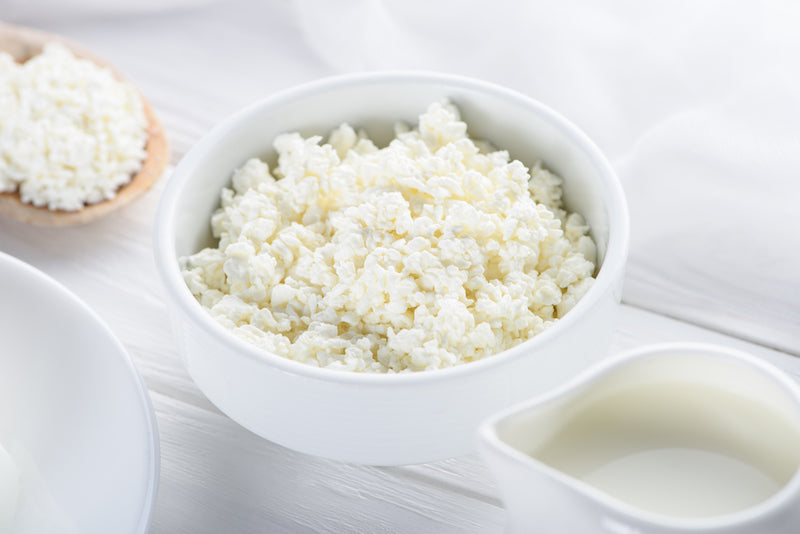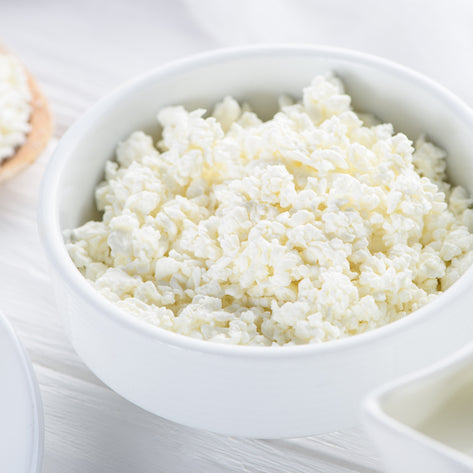Although it is often overshadowed by whey, casein protein is a highly useful supplement for many athletes and exercises. Why? What makes casein special?
To fully understand the difference between casein and whey – including casein's value, we need to look at how these supplements are made.
Specifically, how is casein protein produced?
Curds and Whey
Like whey, casein is a byproduct of cheese-making. Actually, casein is often made into cheese, rather than making it to your tub as a powder.
In this process, a curdling agent – generally acid or heat – is applied to milk to separate the solids and the liquids. This causes the curds to clump up and float on top of the liquid whey. These solids are then skimmed off to meet with one of two fates.
Either they become cheese or, of more interest to us, they become casein. Of course, they must first be dehydrated and powdered before they're of any use as a supplement. So, why does this matter?

Why You Should Care
The production that goes into casein vividly illustrates a unique characteristic of casein that gives it some fairly specialized benefits. As mentioned, casein has a tendency to congeal and form a solid mass – this trait is what allows it to be pulled away from whey.
But casein does the same thing in your body. Even after it's been powdered, the proteins that make up casein love to form a gel-like structure.
For one thing, this makes casein a fantastic, nutritious thickener when used in shakes and other recipes. There is a much more interesting, less obvious, application, however. When casein is digested and exposed to your stomach acids, it once again clots up.
Sure, this might sound unpleasant and undesirable but, the truth is that this reduces absorption speed. Once casein is in your stomach, then, it essentially keeps you fed for several hours. Whereas whey is very rapidly broken down and put to work, casein takes its time.

For this reason, many bodybuilders will take casein right before going to sleep to ensure that their muscles are fed throughout the night. Casein, then, provides a highly effective meal replacement, with the ability to keep you feeling full for much longer than whey can.
Alternatively, whey and casein can be used to complement each other and make a potent weight-gainer. Because both of these milk-based proteins are complete and rich in amino acids, they are powerful ways to stimulate muscle growth.
And the difference in absorption rates means that all of your protein needs will be met throughout the day.













